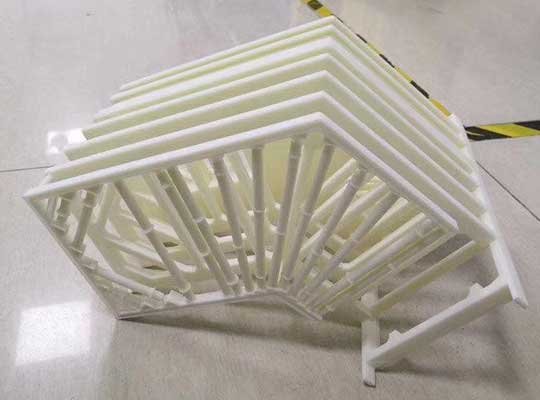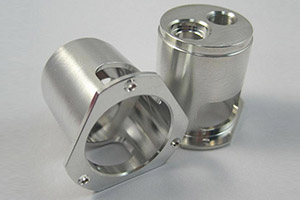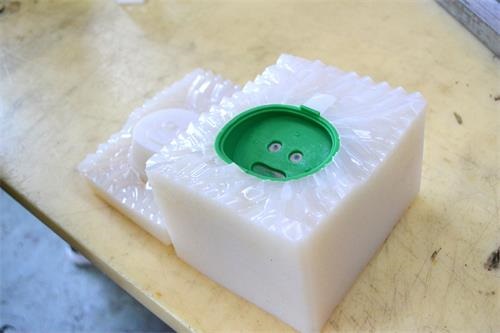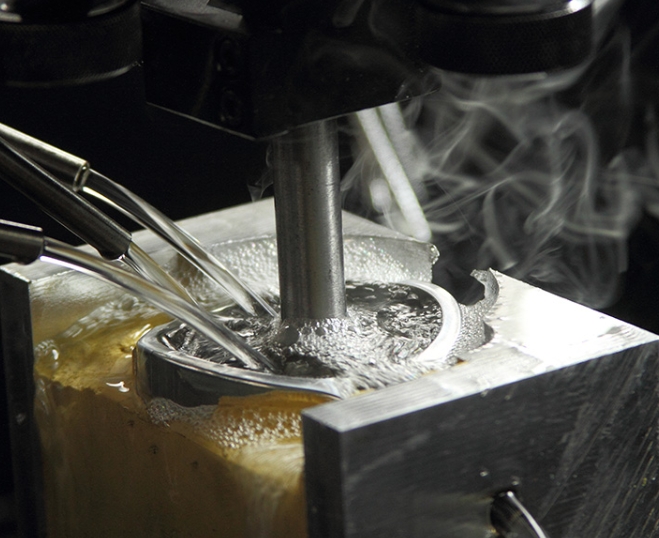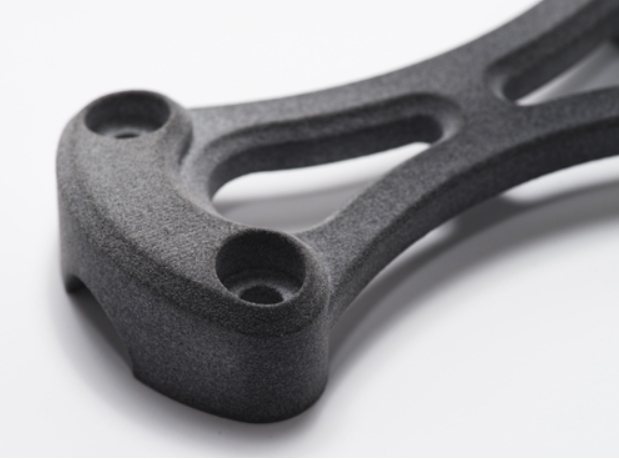In manufacturing, choosing the right molding process can make or break product quality, cost-efficiency, and production timelines. Two common methods—low-pressure infusion そして 射出成形—are often confused, but they serve entirely different needs. Whether you’re producing sensitive electronic components or mass-market plastic goods, understanding their differences is critical to avoiding costly mistakes. This article breaks down their core distinctions, real-world uses, and how to pick the right one for your project.
1. Process Principles: How Each Molding Method Works
The biggest divide between low-pressure infusion and injection molding lies in their core operating principles—from material delivery to pressure levels. These differences directly impact how they interact with molds and components.
Low-Pressure Infusion: Gentle, Adhesive-Centric Molding
Low-pressure infusion relies on hot melt adhesive (a material with ultra-low viscosity) to form parts. Here’s the step-by-step workflow:
- The hot melt adhesive is heated to a liquid state, reducing its viscosity for easy flow.
- a gear pump (not a high-force screw) gently injects the adhesive into a mold—no extreme pressure is needed.
- The adhesive quickly cures (hardens) inside the mold, forming the final part.
The key advantage here is the low pressure range: only 1.5–40 bar. This gentle force means minimal damage to delicate molds, inserts, or even sensitive components (like circuit boards) inside the part.
射出成形: High-Pressure, Plastic-Extrusion Molding
Traditional high-pressure injection molding uses a completely different approach, focused on forcing rigid plastics into molds:
- Solid plastic pellets (例えば。, 腹筋, ポリプロピレン) are fed into a heated barrel.
- A rotating screw inside the barrel melts and extrudes the plastic into a molten state.
- The molten plastic is injected into a mold at extremely high pressures—often 100–2000 bar (far higher than low-pressure infusion).
- The plastic cools and hardens in the mold before being ejected.
This high pressure ensures the plastic fills every detail of the mold but can damage fragile inserts or sensitive components.
Quick Comparison: Process Principles
| 側面 | Low-Pressure Infusion | High-Pressure Injection Molding |
| Core Material | Hot melt adhesive | Engineering plastics (腹筋, pp, 等) |
| Material Delivery Tool | Gear pump | Rotating screw |
| Operating Pressure | 1.5–40 bar | 100–2000 bar |
| Curing/Solidifying Speed | 速い (minutes to hours) | 適度 (depends on plastic type) |
| Mold/Component Damage Risk | Very low | 高い (due to high pressure) |
2. Application Ranges: Which Products Fit Each Method?
Low-pressure infusion and injection molding excel in completely different industries and use cases. Your product’s purpose—whether it needs protection, mass production, or precision—will dictate the right choice.
Low-Pressure Infusion: Protecting Sensitive, Specialized Parts
Low-pressure infusion shines in industries where waterproofing, dustproofing, そして protection of delicate components are non-negotiable. The most common applications include:
- エレクトロニクス & Electrical:
- PCBA packaging: Coating printed circuit boards (PCBs) to shield them from moisture and dust. 例えば, a smartphone manufacturer uses low-pressure infusion to seal PCBs in outdoor security cameras—reducing water damage failures by 85%.
- Connector molding: Creating protective casings for electrical connectors (例えば。, USB-C or automotive wiring connectors).
- Wire harness wrapping: Encasing bundles of wires (例えば。, in cars or industrial machines) to prevent fraying and short circuits.
- 自動車: Sealing sensors and control modules in vehicles (例えば。, ABS sensors) to withstand extreme temperatures and road debris. A European carmaker reported a 70% drop in sensor failures after switching to low-pressure infusion for these parts.
射出成形: Mass-Producing Everyday Plastic Parts
Injection molding is the go-to for large-scale production of standard plastic components—where cost per unit and speed matter most. Key applications include:
- 消費財:
- おもちゃ (例えば。, LEGO bricks—produced at a rate of 36,000 per minute via injection molding).
- Household utensils (例えば。, plastic spatulas, 食品容器).
- Packaging: Plastic bottles, caps, and packaging trays (例えば。, soda bottle caps, which are injection-molded at scale for pennies per unit).
- Appliances: Plastic parts for refrigerators (例えば。, drawer fronts), washing machines (例えば。, control knobs), and microwaves (例えば。, ドアハンドル).
A U.S.-based household goods brand uses injection molding to produce 500,000 plastic food containers monthly—achieving a unit cost of just \(0.20, に比べ \)2.50 if made via low-pressure infusion.
Application Comparison Table
| 業界 | Low-Pressure Infusion Use Cases | Injection Molding Use Cases | Key Requirement Addressed |
| エレクトロニクス | PCBA packaging, connector molding | Plastic casings (例えば。, phone chargers) | Protection vs. 量産 |
| 自動車 | Sensor sealing, wire harness wrapping | Dashboard parts, ドアハンドル | Durability vs. Cost-efficiency |
| 消費財 | なし (rarely used here) | おもちゃ, utensils, パッケージング | Speed vs. Specialization |
3. Material Properties: Strengths That Define Their Use
The materials used in each process have unique properties that directly impact product performance. Understanding these differences helps you avoid choosing a method that can’t meet your product’s needs.
Low-Pressure Infusion Materials: Hot Melt Adhesives
The hot melt adhesives used in low-pressure infusion are designed for protection and adhesion. Their key properties include:
- Strong adhesion: Bonds tightly to metals, プラスチック, and electronics—ensuring no gaps for water or dust to enter.
- Waterproof & dustproof: Creates a seamless seal that meets IP67 or IP68 ratings (tested to withstand submersion in water for up to 1 meter).
- Flexibility: Remains slightly flexible after curing, which is ideal for parts that experience minor vibrations (例えば。, automotive wiring).
例えば, a solar panel manufacturer uses a hot melt adhesive via low-pressure infusion to seal junction boxes—ensuring the panels work reliably even in rainy or dusty desert environments.
Injection Molding Materials: Engineering Plastics
Injection molding uses rigid engineering plastics that prioritize strength and cost over sealing. Common materials include:
- 腹筋 (used for phone cases and LEGO bricks): Durable and easy to mold.
- ポリプロピレン (used for food containers): Heat-resistant and non-toxic.
- ポリエチレン (used for plastic bags and bottles): Lightweight and cheap.
While these plastics are strong, they lack the adhesive and sealing properties of hot melt adhesives. A test by the Materials Science Institute found that injection-molded plastic casings only achieve IP54 ratings (basic dust protection, no water resistance) unless additional gaskets are added—adding 30% to production costs.
4. How to Choose Between the Two Methods
To pick the right process, ask yourself three simple questions:
- Does my product need to protect sensitive components? If yes (例えば。, PCBs, センサー), choose low-pressure infusion. If no (例えば。, a toy), injection molding is better.
- Am I producing small batches or large volumes? Low-pressure infusion works for small-to-medium batches (10–1,000 units). Injection molding is cost-effective only for large volumes (10,000+ ユニット) due to high mold setup costs.
- Is waterproofing/dustproofing critical? Low-pressure infusion’s hot melt adhesives deliver superior sealing. Injection molding requires extra steps (例えば。, ガスケット) to match this protection.
Yigu Technology’s Perspective on Low-Pressure Infusion vs. 射出成形
Yiguテクノロジーで, we believe choosing between these methods depends on aligning process strengths with product goals. For clients making sensitive electronics or automotive components, low-pressure infusion cuts failure rates by protecting delicate parts. For mass-produced plastic goods, injection molding delivers unbeatable cost efficiency. We help clients optimize their choice—e.g., using low-pressure infusion for a drone’s circuit board and injection molding for its plastic housing—balancing performance and cost. Our tailored solutions ensure no client overspends on the wrong process.
よくある質問:
1. Can low-pressure infusion be used for mass production like injection molding?
いいえ. Low-pressure infusion is designed for small-to-medium batches (10–1,000 units). Injection molding’s high-speed screw extrusion and automated systems make it far more efficient for large volumes (10,000+ ユニット)—it can produce parts 5–10x faster than low-pressure infusion.
2. Are low-pressure infusion parts as strong as injection-molded parts?
They’re strong in different ways. Low-pressure infusion parts excel at protective strength (water/dust resistance), while injection-molded parts have mechanical strength (rigidity, 耐衝撃性). 例えば, an injection-molded plastic spoon is more impact-resistant than a low-pressure infused part—but the infused part would better protect a circuit board.
3. Does low-pressure infusion require special molds?
No—unlike injection molding, which needs high-strength steel molds to handle extreme pressure, low-pressure infusion uses simpler, cheaper molds (often aluminum). This cuts mold costs by 40–60%—a big advantage for small-batch production or startups with limited budgets.
